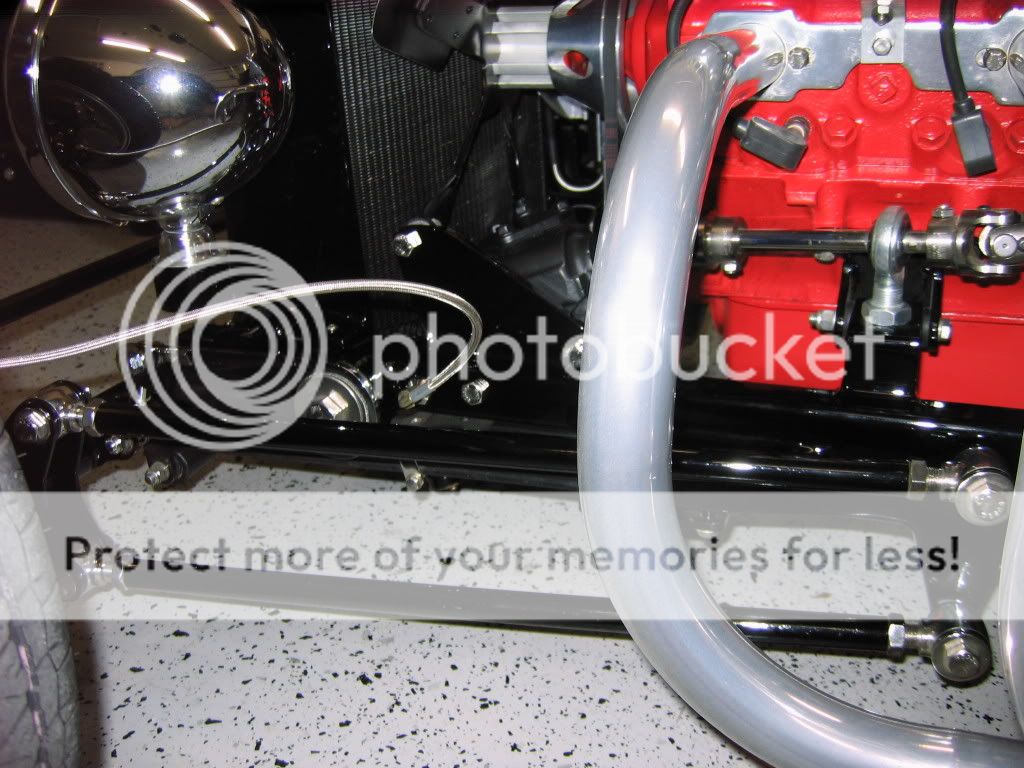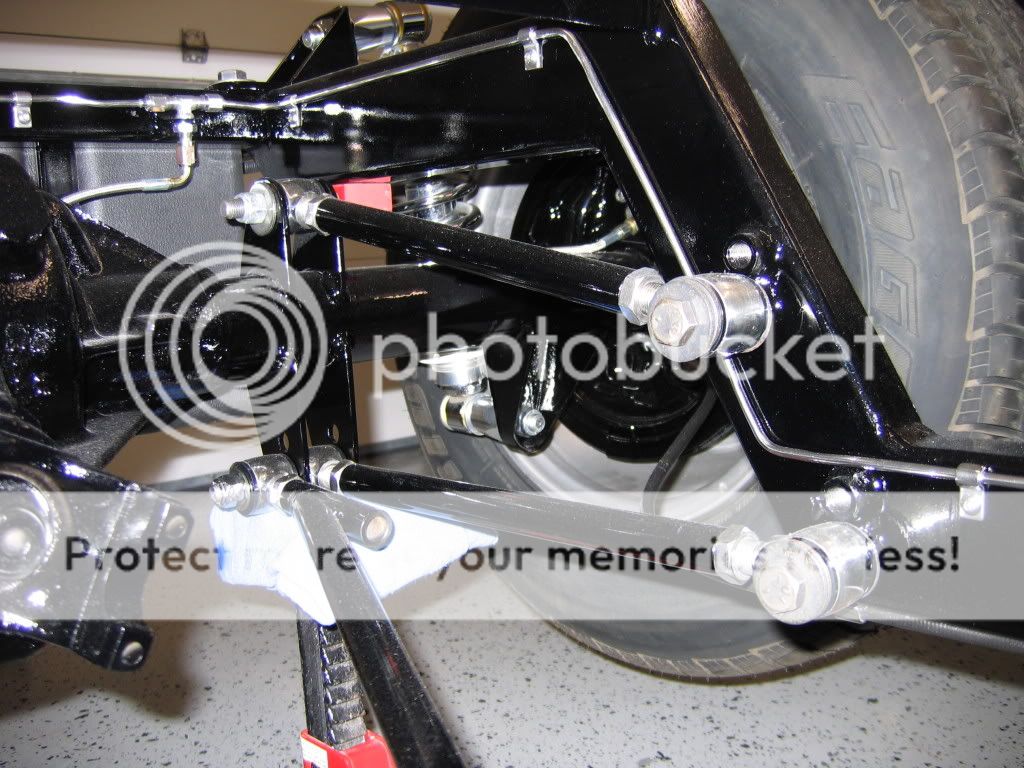If that 4 LINK lifts, where is the lift??? none there, a 4 link will pick up nothing, even a dragster chassis with out any rear suspension will do a wheelie with the right tires...
Ted, body separation isn't necessary to plant the tire. A triangulated four link can give you all the benefits of a ladder bar setup that is also infinitely adjustable for theoretical length. With a ladder bar, you have a bar of a pre-determined length that you mount to the car. With a four link and an understanding of the car's center of gravity, instant center (defined as the static IC) and the anti-squat line, you can adjust the suspension for specific track conditions.
When it comes to chassis sophistication, I feel the Pro Stock cars are at the top of the heap. Check this video out and watch for any signs of body separation.
[media]
The very first car in the video is driven by a fellow for whom I have tremendous respect. When it comes to clutch and chassis tuning, I think Mike is one of the best guys out there. And if you were able to see the car from the other side, you would notice the rear of the rocker panel brushing the track as the car leaves. The exact opposite of body separation. That is how hard these cars can stick the tires. I'm not going to say too much here, but notice how much attention is given to the adjustment of the wheelie bars? Do you really think a .125" of bar height means diddley-squat to how high the front end of the car might come up? I'll give you some food for thought, by leaving it at that. At 2350 lbs., these 500 CID cars are still covering the initial 60 feet of the track in the .984 second range, so it's pretty tough to say a four link can't work.
Here is a shot to show you the bar on the rear of the car -
And here are two images to show you how the track conditions can determine the height of the bar -
At the initial hit, everything is looking pretty good.
But now look at what is happening. The car is sticking the tire too hard, it has sucked the chassis down and Brian is about to have an Excedrin moment as the tires are getting ready to shake. For those conditions and the amount of clutch in the car, the bar was set too high. The car has actually stuck the tire too hard, but the car is getting sucked down to the track, rather than exhibiting any kind of chassis lift.
Now look at the car in this one -
Notice the front end is up a good amount, but the real story is being told by the rear tire and that track behind the car. I don't need to see the time slip to know the car was on a very good pass. When the car would leave like that and just quiver the tops of the tires as it went into 3rd gear, I knew we were going to be a top 4 qualifier, every time.
Special thanks to Dave Kommel at
Auto Imagery for the great shots of the car. Dave, you're still the best!
@Ron - Wow, that picture is an oldie but goodie. I need to scan some older shots of the dragster.
 PS, I heard a fellow tell someone that a Panhard bar allows a rear or front end to move in a side ways motion when the chassis moves up or down, it forces this movement, whether you want it or not, so make your Panhard bar as long as possible when using one...
PS, I heard a fellow tell someone that a Panhard bar allows a rear or front end to move in a side ways motion when the chassis moves up or down, it forces this movement, whether you want it or not, so make your Panhard bar as long as possible when using one...










